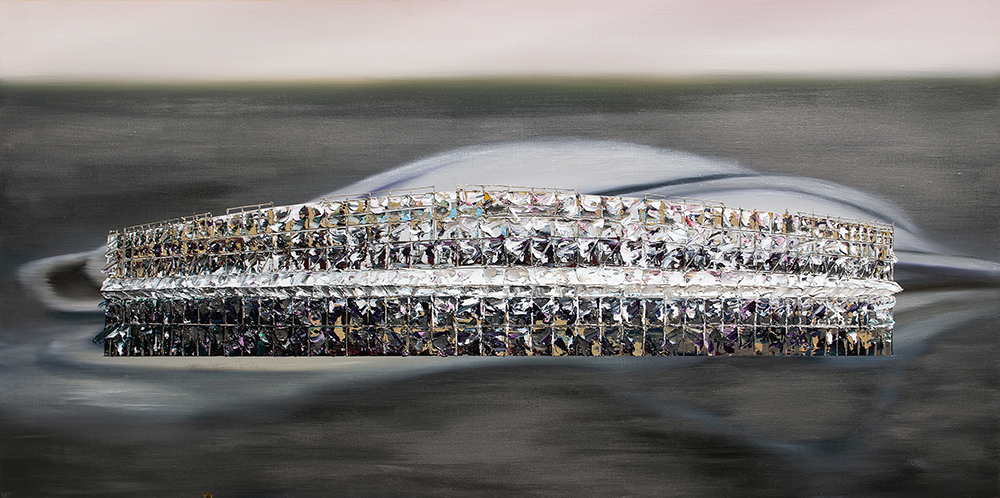In November 2012, architect Zaha Hadid’s design won the top prize in an international competition for the renewal of the Tokyo National Stadium.
She became the design supervisor for the new National Stadium, and although the design submitted as an implementation plan was a far cry from the original and expansive design that she had initially proposed.
In July 2015, architect Zaha Hadid’s design was whitewashed amidst various opinions about the cost of the project, which was almost double the planning budget at ¥252 billion.
After many twists and turns, the newly appointed architect, Kengo Kuma, has completed the new National Stadium, which has opened to the public on December 21, 2019.
As of April 2020, the effects of the new coronavirus scourge, which originated in China, are spreading around the world.
In Japan, this has led to the postponement of the Olympics, which no one had imagined, as well as the blockade of major cities.
With the end of the pandemic still to be seen, if the Olympics are cancelled, it would be a disaster.
The purpose of building the new National Stadium, and even the reason for its existence, could go back to the original Zaha Hadid design.
In recent years, I have been painting motifs of buildings under construction or demolition, covered with sheets, which are suspended in a kind of suspended state.
The buildings that once stood there are covered with sheets, dismantled under those sheets, and once the site is cleared, the new structures under construction reappear, covered with sheets.
Especially in Japan’s metropolitan areas since the Meiji era, this kind of construction and demolition has been repeated endlessly to form the cities we know today.
It is the beginning of a new building and the end of a building that was once there.
And the covered sheet (a thin film) would signify the oblivion of a former place and the chasm of new memories.
What will people leave behind, what will they forget, what will they see and what will they seek?
Beyond the temporary enclosure, there is a changing landscape, a changing world, a renewal of the present and a continuation of the future.
By the way, when I first started painting “Sealed House”, I first drew the background of each tableau with the surrounding scenery of the subject building,
and then I drew the background of each tableau with the surrounding scenery.
After that, I dared to paint the landscape white, and then painted the buildings covered with sheets.
The concept was that the renewal of the building would simultaneously bring the place and the landscape back to its original state.
Sealed House -New National Stadium- is a work that depicts the construction process of the new National Stadium,
which will become one of Japan’s icons in the future, against the backdrop of Zaha Hadid’s imaginary design for the new National Stadium,
which was returned to a blank sheet of paper as described above.
I tried to portray it because I realized that these two national stadiums, real and imagined, would become symbols of our very existence, newly born (dead) and remembered (forgotten).
I am convinced, after all these years, that the two national stadiums are the most appropriate motifs for the central concept of the series I have been working on for the past five or six years,
and that they penetrate deeply into my identity as a painter.
Text by Shigeru Nishikawa, April 2020st
